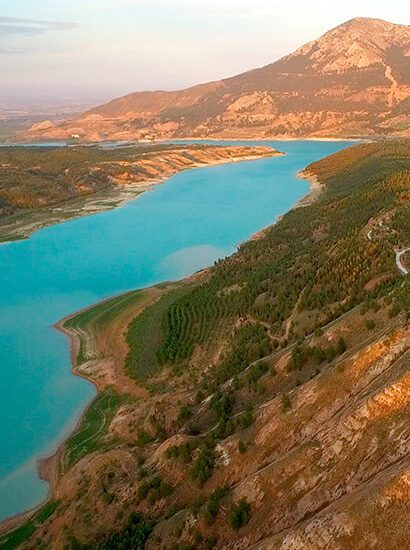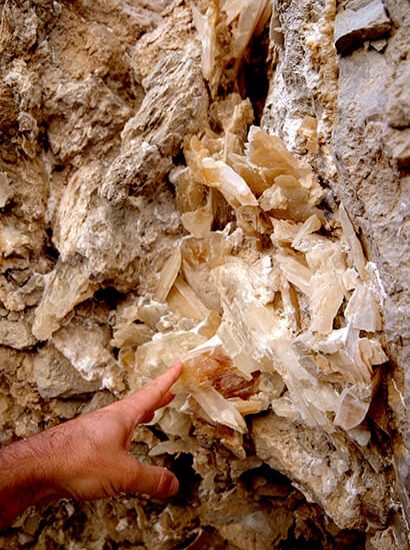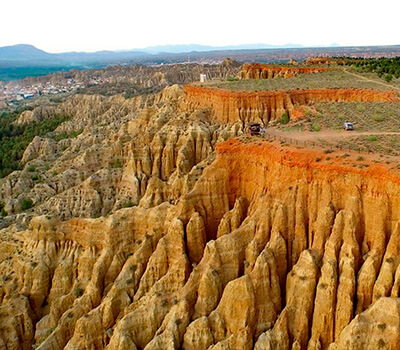
Space of international geological significance
A UNESCO Global Geopark is a space of international geological significance.
UNESCO defined a Geopark in 1999 as a territory of special geological significance and of great archaeological, ecological and cultural value.
They are part of a global network which encourages sharing best conservation practice and integration into sustainable development strategies.
They emerged in Europe in the early 1990s and today we have 195 Geoparks in 48 countries
16 UNESCO Global Geoparks
- Cabo de Gata-Níjar Geopark
- Sierras Subbéticas Geopark
- Sobrarbe-Pyrenees Geopark
- Basque Coast Geopark
- Villuercas-Ibores-Jara Geopark
- Central Catalonia Geopark
- Sierra Norte de Sevilla Geopark
- Molina-Alto Tajo Geopark
- El Hierro Geopark
- Lanzarote and Chinijo Islands Geopark
- Las Loras Geopark
- Origens Geopark
- Maestrazgo Geopark
- Courel Mountains Geopark
- Cabo Ortegal Geopark


Principles of a Geopark
The creation of a Geopark starts with the involvement of local communities and must include a development project based on a tourism promotion programme.
The declaration of a Geopark is based on three principles:
1. Presence of a geological heritage that acts as a central focus and guiding thread.
2. Implementation of geoconservation and dissemination initiatives.
3. Promotion of socioeconomic and cultural development at the local level.
The European Geoparks Network consists of 98 Geoparks in 28 European countries (May 2023).
Moreover, in 2015 UNESCO ratified the creation of a new label, UNESCO Global Geoparks, for the 120 Geoparks that had been organized up till then under the international Global Geoparks Network.
Find out more about UNESCO Global Geoparks.
_______________________________
UNESCO GLOBAL GEOPARKS IN 2023
195 UNESCO Global Geoparks in 48 countries
98 UNESCO Global Geoparks in Europe
16 Global Geoparks in Spain (the country with the 2nd-highest number of Global Geoparks in Europe)
41 Global Geoparks in China
4 Cross-Border Global Geoparks
